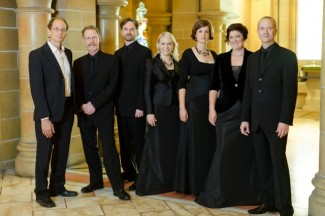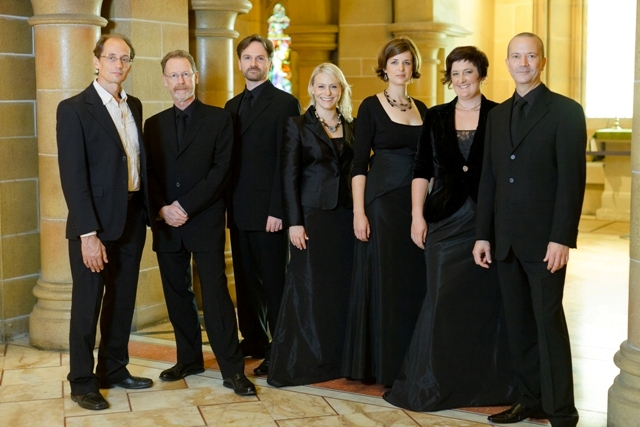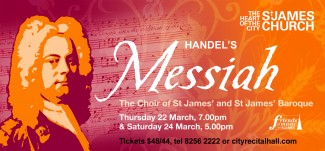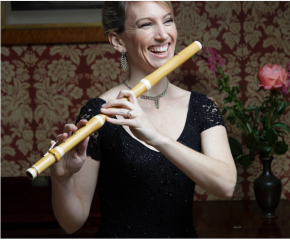Seduced by the song company in La Serenissima

The Song Company Love in Venice
The City Recital Hall, Sydney
Wednesday March 14th 2012
The contemporary relevance of 16th century European music is ever real. Roland Peelman, Artistic Director of The Song Company proved this when he chose 9 madrigals composed between 1603 and 1619, from Claudio Monteverdi’s vast oeuvre, and paired them with the highly theatrical madrigal opera Barca de Venetia per Padova by Adriano Banchieri for his troupe to perform with Tommie Andersson (theorbo/guitar) and Laura Vaughan (lirone/viol).
He also proved that serious music doesn’t have to be po-faced and dour; its performance can be burlesque and satirical; it can entertain and engage without drawing on voyeurism or crushingly concrete references to contemporary society.
The Monteverdi madrigals with text by various poets, amongst them Petrarca, Marino and Guarini, took up the first part of Love in Venice. The audience was clearly delighted. Anti-phonal effects were intensified with sopranos Susannah Lawergren and Anna Fraser singing the first madrigal from either end of the rest of the ensemble which comprised mezzo-soprano Lanneke Jones, tenor Richard Black, baritone Mark Donnelly and bass Clive Birch. Other configurations were adopted through out, enhancing the vocal part writing and balance, most effectively with Lawergren singing a wistful Oimè il bel viso from the top gallery with the rest of the ensemble below.
The musicians took the audience from cerebral love through to breathless expressions of fulfilment. I for one, was left with a yearning to be on a gondola on a romantic backwater in La Serenissima.
The second part of the concert involved an aquatic journey of a different kind. A few simple props transformed the singers into an assortment of characters from the commedia dell’ arte, who find themselves having to fraternise together on a boat as they journey from Venice to Padua. They are caricatures of everyday people thrown together by a common purpose and sharing a common fate, rather like the omnium-gatherum in an Agatha Christie mystery or Michael Ondaatje’s latest novel The Cat’s Table. However, in Barca nobody dies. This group is about embracing love and life and the singers seem to relish it. There is flirtation aplenty as they moved about the stage, food and wine, and even the penniless wounded soldier returning from the wars is given short shrift.
Roland Peelman’s unobtrusive direction from the harpsichord was meticulous as always. Even he took on a role and had the rare opportunity to to wince visibly as his singers sang their characters. It was a thrill to see the rare lirone and to hear early music experts Tommie Andersson and Laura Vaughan perform.
The madrigals were sung in Italian, with intervening narrative spoken by the singers in English. The alternation between the two languages was seamless. The ornamentation was especially important as a marker of a historically informed performance. It fleshed out the texture of the writing, added drama and beautified the words and their meaning. As a device Monteverdi’s ornamentation was part of his statement adopting the seconda prattica using dissonance and ornaments to create effect and opening the doors to new means of expression in music.
This was an elegant presentation and the audience loved it.
Shamistha de Soysa for SoundsLikeSydney







